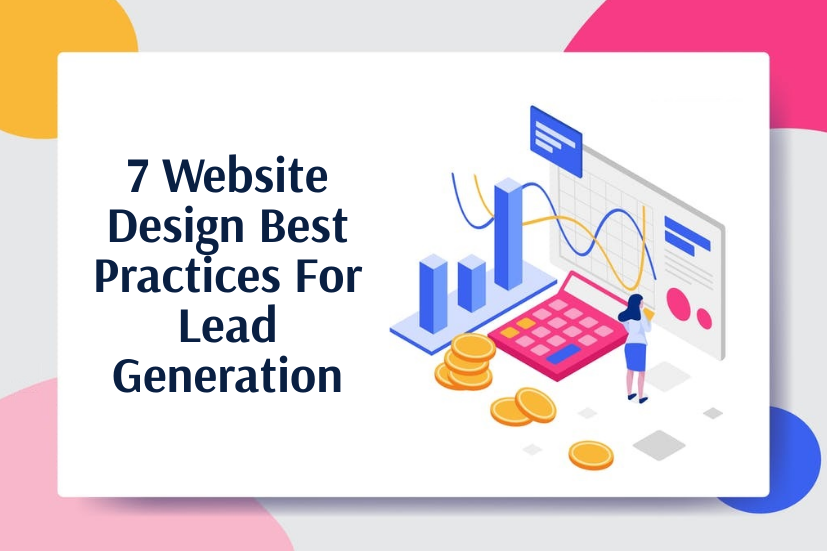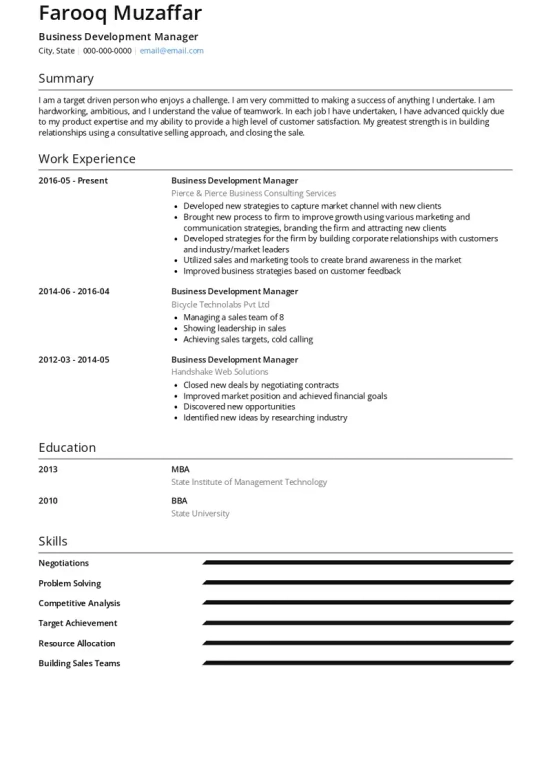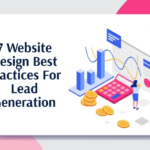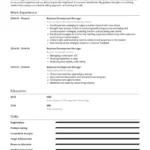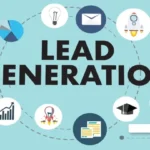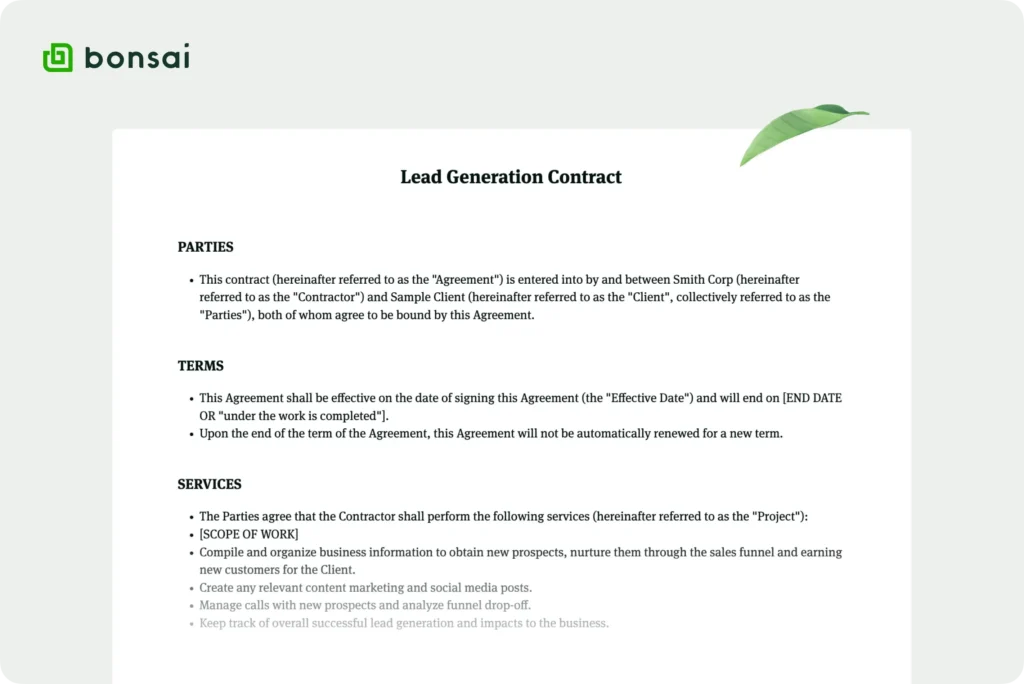
Lead generation is vital for business growth. A well-defined lead generation contract can help.
A lead generation contract outlines the terms between a company and a lead generation provider. This contract ensures both parties understand their roles and responsibilities. It also sets expectations for lead quality and delivery. In this blog, we will explore the key components of a lead generation contract.
You will learn why it is important and how it can benefit your business. By the end, you will know how to create an effective contract for lead generation. Let’s dive in and understand the essentials of a lead generation contract.
Introduction To Lead Generation Contracts
Lead generation contracts are essential in the marketing world. Businesses use them to gain potential customers. Understanding these contracts can help grow your business. Let’s dive into the details.
What Is A Lead Generation Contract?
A lead generation contract is an agreement between two parties. One party agrees to provide sales leads to another. It outlines how leads will be generated. It also specifies how they will be shared.
This contract ensures clarity. Both parties know their roles. It defines what a qualified lead is. It also covers payment terms. This helps avoid misunderstandings. It keeps business relationships smooth.
Importance For Business Growth
Lead generation contracts are vital for business growth. They provide a steady stream of potential customers. This helps businesses focus on converting leads. Consistent lead flow means more sales opportunities.
These contracts also save time. Businesses do not need to find leads on their own. They can rely on specialists. This allows them to focus on their core activities. It improves efficiency and results.
Clear terms in the contract ensure quality leads. Businesses get leads that match their target audience. This increases the chances of successful conversions. It leads to higher revenue and growth.
Types Of Lead Generation Contracts
Understanding the types of lead generation contracts is crucial for businesses. Different contracts offer unique benefits and risks. Knowing the options helps in choosing the right fit for your business needs. Here, we will explore two common types of lead generation contracts.
Pay-per-lead Contracts
Pay-Per-Lead contracts mean you pay for each lead generated. This type of contract is straightforward. You only pay when you get a new lead. It’s a popular choice for businesses with limited budgets. The cost per lead can vary based on industry and lead quality. This method allows for easy tracking of marketing expenses. It’s a low-risk option since you pay for results.
Retainer-based Contracts
Retainer-Based contracts involve paying a fixed fee regularly. This fee is usually monthly or quarterly. The fee is paid regardless of the number of leads generated. This type of contract works well for long-term partnerships. It provides stability and predictability in budgeting. Businesses often use this for ongoing lead generation efforts. It’s ideal for those seeking consistent lead flow.
Key Elements Of A Lead Generation Contract
Understanding the key elements of a lead generation contract is crucial for businesses. It ensures both parties are on the same page and helps avoid misunderstandings. Below, we will explore the essential components of such a contract, focusing on the Scope of Work and Payment Terms.
Scope Of Work
The Scope of Work defines what tasks will be performed. This section should be detailed and clear. It should outline:
- Types of Leads: Specify the kind of leads you need.
- Lead Quality: Define the criteria for a qualified lead.
- Methods: Describe the strategies for lead generation.
- Deliverables: List what will be delivered and in what format.
- Timeline: Set deadlines for each task.
Clear and detailed scope helps in measuring success. It also prevents scope creep and ensures both parties have the same expectations.
Payment Terms
The Payment Terms section is critical for both parties. It should cover:
| Aspect | Details |
|---|---|
| Payment Schedule | Define when payments are due. For example, monthly or upon completion. |
| Payment Method | Specify how payments will be made. Options can include bank transfer, PayPal, or check. |
| Late Fees | Outline any penalties for late payments. |
| Refund Policy | Explain the conditions under which refunds will be issued. |
Clear payment terms prevent disputes. They ensure that both parties understand the financial aspect of the agreement.

Credit: www.hellobonsai.com
Effective Lead Generation Strategies
Effective lead generation strategies are crucial for businesses aiming to increase their customer base. By implementing the right techniques, companies can attract and convert potential customers into loyal clients. Below are some of the most effective strategies, including content marketing and email marketing.
Content Marketing
Content marketing is a powerful tool for generating leads. By creating valuable and relevant content, businesses can attract and engage their target audience. Here are some key tactics:
- Blog Posts: Write informative and engaging articles that address the needs and interests of your audience.
- eBooks and Whitepapers: Offer in-depth resources that provide valuable insights and solutions to common problems.
- Case Studies: Share success stories that demonstrate the effectiveness of your products or services.
- Videos: Create engaging video content that educates and entertains your audience.
These types of content can help establish your brand as an authority in your industry. It can also drive traffic to your website, where you can capture leads through forms and calls-to-action.
Email Marketing
Email marketing remains one of the most effective ways to generate and nurture leads. By sending targeted and personalized emails, businesses can build relationships with potential customers. Here are some tips:
- Build a Quality Email List: Use sign-up forms and lead magnets to collect email addresses from interested prospects.
- Segment Your Audience: Divide your email list into segments based on factors like demographics, interests, and behavior.
- Personalize Your Emails: Use the recipient’s name and tailor the content to their preferences and needs.
- Provide Value: Share useful information, exclusive offers, and updates that your audience will find valuable.
Regularly analyzing your email campaigns’ performance can help you refine your strategy and improve your results. By focusing on providing value and building trust, you can turn email subscribers into paying customers.
Utilizing Social Media For Lead Generation
Utilizing social media for lead generation can be a game-changer for businesses. Social media platforms offer a great way to reach potential customers. They allow for direct engagement and communication. This can help build trust and interest in your brand. Below, we explore how to use social media for effective lead generation.
Choosing The Right Platforms
Start by identifying where your target audience spends their time. Not all social media platforms are equal. LinkedIn is great for B2B lead generation. Facebook and Instagram work well for B2C. Twitter can also be useful for both. Pick platforms that match your audience’s preferences.
Research the demographics of each platform. Younger audiences prefer Instagram and TikTok. Professionals prefer LinkedIn. Knowing this helps in making the right choice. Focus your efforts on 1-2 platforms initially. This allows for better management and content creation.
Creating Engaging Content
Content is key to attracting leads. Create posts that are interesting and relevant. Use images and videos to grab attention. Visual content performs better on social media. Make your posts informative and useful. Share tips, how-to guides, and industry news.
Engage with your audience through comments and messages. Respond to queries and feedback promptly. This builds trust and shows you care. Use call-to-action phrases in your posts. Encourage users to sign up, learn more, or contact you. This directs them to take the next step.
Regularly update your content. Consistency keeps your audience engaged. Plan a content calendar to stay organized. Track the performance of your posts. Use analytics to understand what works best. Adjust your strategy based on insights.
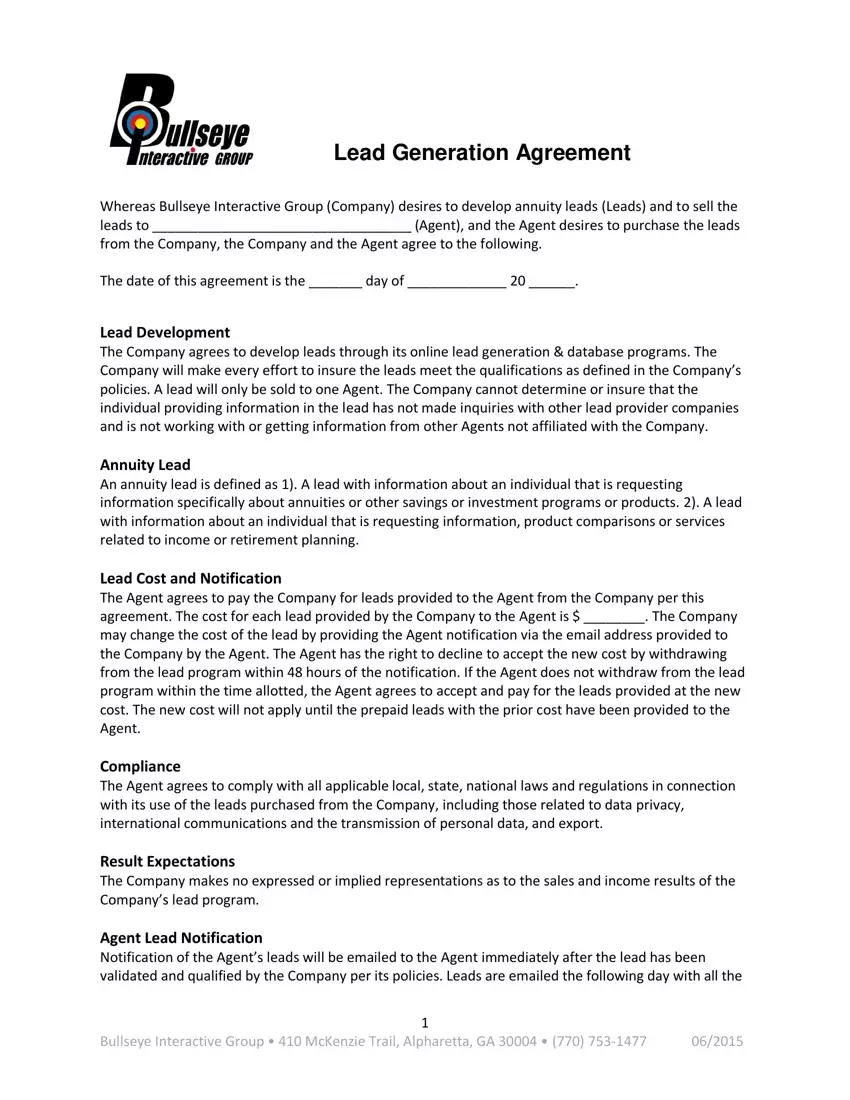
Credit: formspal.com
Measuring Lead Generation Success
Measuring the success of a Lead Generation Contract is crucial. It helps businesses understand if their strategies are effective. By tracking performance, you can make informed decisions. This section will cover key metrics and tools to measure success.
Key Performance Indicators
Identifying the right Key Performance Indicators (KPIs) is essential. Here are some important KPIs to measure:
- Conversion Rate: Percentage of leads that become customers.
- Cost Per Lead (CPL): Amount spent to generate a single lead.
- Lead Quality: Rating of how likely a lead is to convert.
- Return on Investment (ROI): Profitability of lead generation efforts.
Tools And Analytics
Using the right tools can streamline measuring success. Here are some popular tools:
| Tool | Function |
|---|---|
| Google Analytics | Tracks website traffic and conversions. |
| HubSpot | All-in-one marketing and sales platform. |
| Salesforce | Customer relationship management (CRM) tool. |
| SEMrush | Analyzes competitors and keyword performance. |
These tools provide valuable insights. They help you track KPIs and adjust strategies. With the right data, optimizing lead generation becomes easier.
Common Challenges And Solutions
Lead generation contracts often face hurdles. These can impact the success of campaigns. Understanding these challenges helps in creating effective solutions. Below are some common issues and ways to tackle them.
Dealing With Low Conversion Rates
Low conversion rates can be frustrating. They waste resources and time. Here are some ways to address this:
- Analyze Your Data: Look at your analytics. Find out where you lose potential leads. This helps in identifying weak points.
- Improve Your Call-to-Action: Make sure your call-to-action (CTA) is clear. It should be compelling and easy to find.
- Optimize Landing Pages: A well-designed landing page can boost conversions. Keep it simple and focused.
- Test and Adjust: Use A/B testing. Try different strategies and see what works best.
Managing Lead Quality
Not all leads are equal. Some may not fit your target audience. This is a common problem in lead generation. Here’s how to improve lead quality:
- Define Your Ideal Customer: Know who you are targeting. Create a detailed customer profile.
- Use Quality Filters: Implement filters to weed out unsuitable leads. This can save time and resources.
- Engage With Leads: Interaction helps in understanding their needs. It also builds trust.
- Focus on Content: Quality content attracts the right audience. Create content that speaks to your ideal customers.
By addressing these challenges, you can improve the effectiveness of your lead generation contracts. Focus on continuous improvement and learning. Adapt your strategies as needed for the best results.
Future Trends In Lead Generation
Lead generation is evolving quickly. Businesses must adapt to stay competitive. New technologies shape the way we attract and convert leads. Understanding future trends in lead generation is crucial. This section explores the impact of AI, automation, and personalization.
Ai And Automation
Artificial Intelligence (AI) and automation are revolutionizing lead generation. These technologies help businesses streamline processes and improve efficiency. AI tools can analyze data faster than humans. This leads to better decision-making and targeted strategies.
Using AI, companies can predict customer behavior. They can identify high-potential leads and focus efforts where it matters. Automation tools handle repetitive tasks. This allows sales teams to concentrate on building relationships.
- Chatbots: AI-driven chatbots engage customers 24/7. They answer queries and guide users through the sales funnel.
- Email Campaigns: Automated email campaigns send personalized messages. They nurture leads without manual intervention.
- Data Analysis: AI analyzes large datasets to identify patterns. It helps in creating targeted marketing strategies.
Integrating AI and automation in lead generation saves time and resources. It enhances productivity and improves conversion rates.
Personalization
Personalization is becoming increasingly important in lead generation. Customers expect tailored experiences. Generic messages no longer work. Businesses must understand their audience and cater to individual needs.
Personalized content resonates more with customers. It builds trust and fosters loyalty. Here are some ways to implement personalization:
- Segmenting Audience: Divide your audience into smaller groups based on their preferences. This allows for targeted messaging.
- Dynamic Content: Use dynamic content on websites and emails. Show different content to different users based on their behavior.
- Customer Journeys: Create personalized customer journeys. Tailor the experience at each touchpoint to the user’s needs and interests.
Personalization requires a deep understanding of customer data. Businesses must invest in tools that provide insights into customer behavior. This approach leads to higher engagement and better lead conversion.
The future of lead generation lies in leveraging AI, automation, and personalization. These trends will shape how businesses attract and convert leads in the coming years.
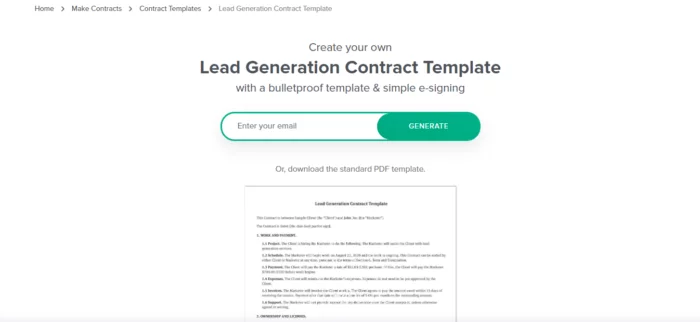
Credit: www.leadfuze.com
Conclusion
A lead generation contract sets clear expectations. It helps businesses grow effectively. Creating one ensures mutual understanding. It saves time and reduces confusion. Businesses benefit from a structured approach. Both parties know their roles. This leads to better results. Clarity in contracts builds trust.
Trust leads to successful partnerships. Start drafting your contract today. Gain clarity, save time, and achieve success together. A well-crafted contract is a key tool. Embrace it for better business growth.
